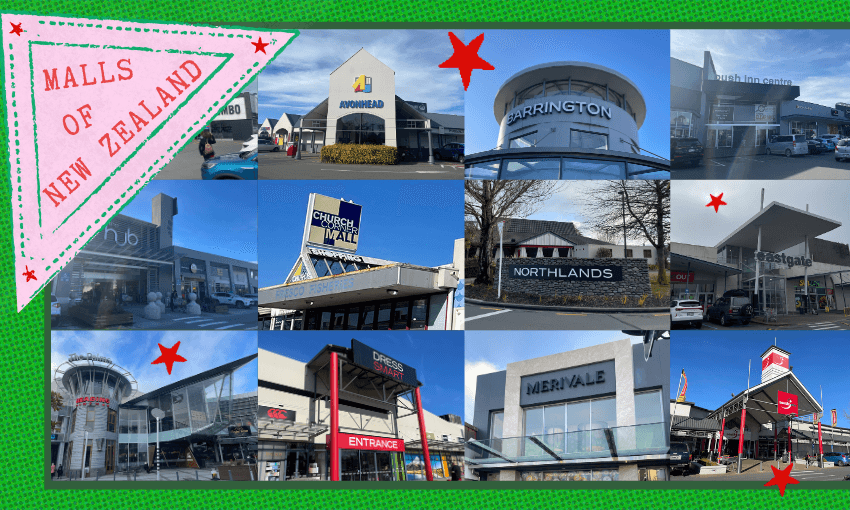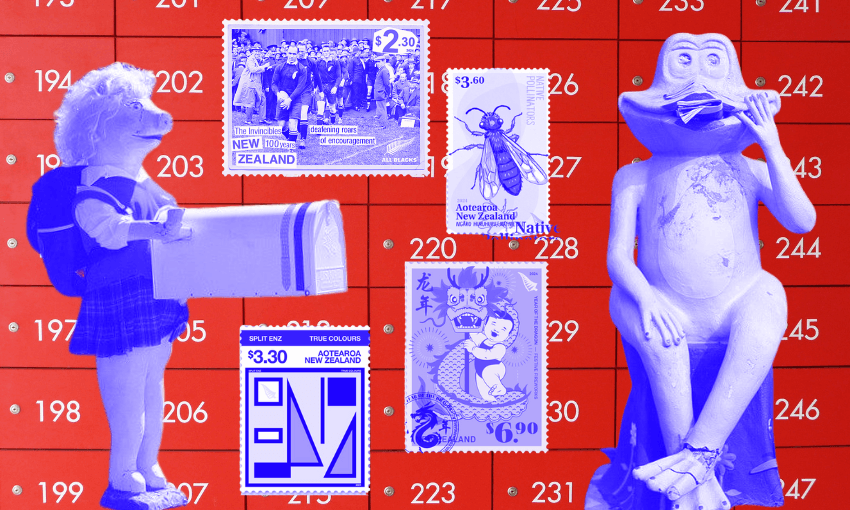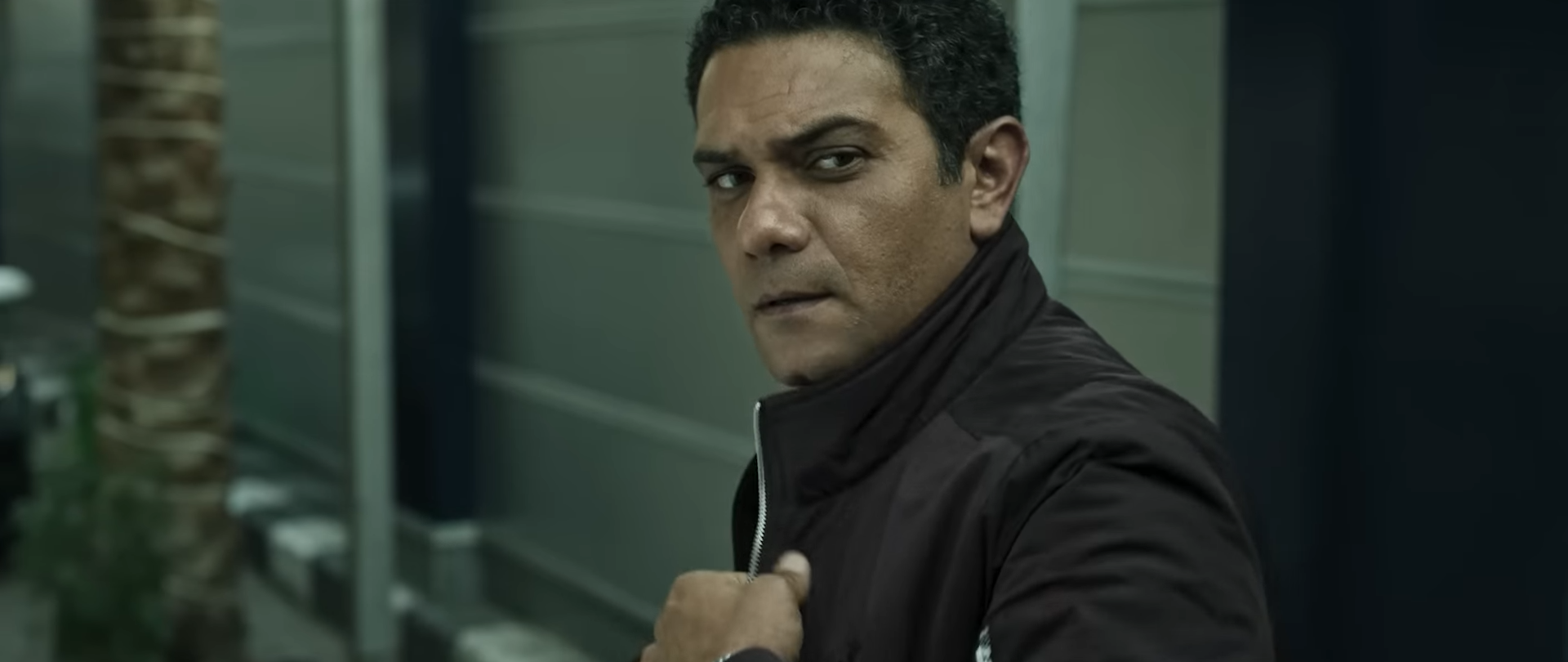Kelly Dennett and visual journalist Ricky Wilson are inside the cut-off town of Wairoa, giving a first look after Cyclone Gabrielle viciously swept through. Here’s what they’ve seen so far.
Wairoa is not a town underwater, but a town under mud.
Residents here speak of their frustration about the lack of communication – ingoing and outgoing – as they dump by the tractor load, tonnes of mud and silt out of their homes and livelihoods.
There were initial reports that the town of just a few thousand was underwater, after a desperate plea from mayor Craig Little following Cyclone Gabrielle’s destruction on Monday and Tuesday.
READ MORE:
* Cyclone Gabrielle live updates: Flooding devastation and fears for those unaccounted for
* Cyclone Gabrielle: Join Stuff’s fundraising campaign to help those affected by the devastating storm
* Watch: Helicopter makes dramatic rescue in flood-stricken Hawke’s Bay
* New Zealand’s worst storm? Cyclone Gabrielle in charts
* Couple’s Esk Valley home of 47 years ‘absolutely munted’
The town, about 100km south of Gisborne, was cut off from the former, as well as Hawke’s Bay, after the destruction of the Putorino bridge connecting it to Napier. State Highway 2, connecting it to Mahia and beyond, was cut off thanks to slips and poor road conditions.
Stuff was able to make its way there on Thursday.
Locals were keen to highlight the community spirit in action. They didn’t want to complain. Young people gathered at the local kura, keen to help their aunt. A horse dragged rolled up carpet pulled from the ground. Everything must go.
Ricky Wilson/Stuff
Leanne and Greg Warner cleaning up mud and silt from their Wairoa home.
Neighbours with tractors scooped and scraped mud from driveways, lawns and roads, residents stopped into the council chambers to ask what they could be doing to help others, and mostly everyone wore a smile despite how tired they were. Because, they all said, what could they do? It is what it is.
Kiwa Hammond, member of the principal marae Takitimu, spoke about the terrifying 20 minutes in which he says residents closest to the Wairoa River escaped from their homes in the nick of time.
While they were all aware of a cyclone brewing, Hammond said there wasn’t much rain and little to no wind, before it all suddenly changed on Monday.
“It was a funny night,” he says.
Ricky Wilson/ Stuff
Kids in Wairoa, Hawke’s Bay, helping with the cleanup on Thursday.
“It didn’t feel like a cyclone. That is the really bizarre thing. It wasn’t high winds. Even the rain wasn’t very heavy. I’m going, OK, this is rain, but it’s not heavy. There’s no wind with it. It was quite deceptive. For those of us who slept through it, some of us were totally oblivious to what happened here overnight. [In the morning] I stepped outside and I took a sniff of the air and went, something is different.”
His niece’s home filled with water within 20 minutes, he said, thanks to the river breaching its banks. She got out, and banged on neighbouring doors, raising the alarm, at risk to her own life.
“It’s important for us to be here,” he said as he gripped a spade, and children ran around playing in the mud.
Ricky Wilson/Stuff
Kids help with the cleanup at Takitimu Marae.
“We’ve got as much mud away from the carvings as possible – cleared it back, cleared it back, cleared it back – we still need to wash the whare. As you can see, it’s crap everywhere.”
He’d been there, clearing, since Wednesday.
“We will be here however long we need to be. We can’t be sad about it.”
This is a town that remembers Cyclone Bola of 1988. And if they don’t remember, they remember their parents and their grandparents’ memories. That was bad, they say.
But this is also very bad.
Ricky Wilson/Stuff
Youth assist with the cleanup after Cyclone Gabrielle.
Rowley Powdrell, who lives slightly south of Wairoa, had a team of family at his 19th century homestead, scraping mud with a tractor and waterblasting tiles. The home was full of water and had been yellow stickered.
He’d lived his whole life in this house and its gardens, now caked in mud, and he remembered Bola – but now much older, he felt weary at the thought of the cleanup.
“The mud came up to here,” he said, gesturing just below a window of his home, about a metre from the ground.
It’s easy to imagine. Roads south of Wairoa are so steeped in mud that the road essentially became one lane at one point.
For now, residents of Wairoa, like Gisborne, are on limited town water supplies – maybe a few days – are rationing petrol, can mostly only accept cash, and have no internet or phone communications.
RICKY WILSON/STUFF
Wairoa is cut off following the cyclone.
Wairoa District Council briefing for residents
In a briefing note to residents that Stuff has seen, Wairoa’s council said Cyclone Gabrielle was “the most catastrophic weather event Wairoa has experienced in living memory”. A state of emergency was declared on Tuesday.
Flooding from the Wairoa River had the most significant impact, with hundreds of people evacuated from their homes. Fuel supply in the town was limited and only available to essential services.
The public has been asked to stay off the roads to keep them clear for emergency and civil defence vehicles. “Unnecessary traffic is hindering their current emergency response.”
RICKY WILSON/STUFF
Queues for food are out the door in Wairoa after the cyclone.
Water supplies were low and people were asked to use them only for drinking.
SH2 to Napier was closed and bridges along the route had been washed away. The connection to Gisborne and through SH38 was being worked on.
Contractors were focused on connecting up the local roading network. The electricity supply was erratic.
Work was under way to get food, water fuel and generators, which had been identified as priorities for the district. For those who urgently needed them, kai packs would be available to pick up from the Te Whare Maire building at 10-11am and 2-3pm daily.
Ricky Wilson/Stuff
The streets of Wairoa are caked in mud after being hit by Cyclone Gabrielle.




















Discussion about this post